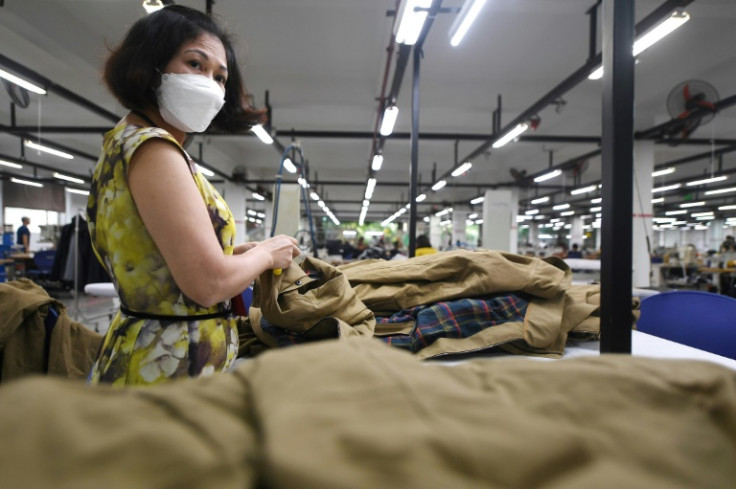India's Draw As Alternative Global Supply Hub Increasing, But Many Challenges Remain
As global supply chains grapple with disruptions caused by geopolitical tensions and weather-related conditions, India and Southeast Asian nations are taking center stage with greater participation in the shifting trends.
Ongoing geopolitical tensions between China and the United States, coupled with concerns over Taiwan, have stimulated the urgency of multinational businesses to diversify their production hubs and supply-chain footprint in Asia. With China's commercial attractiveness fading, India is opening its doors to new business and investment opportunities.
India's increasing attractiveness is not only driven by changing geopolitical trends but also by economic factors. As one of the world's fastest-growing economies, India offers a trainable and low-cost workforce, a wide array of consumers, and impressive receptiveness to trade and investment in the South Asian neighborhood.
"The QUAD summit in March 2021 highlighted the importance of resilient supply chains," Sampa Kundu, consultant at the ASEAN-India Centre (AIC) at the Research and Information System for Developing Countries (RIS), told International Business Times. QUAD, or the Quadrilateral Security Dialogue between Australia, India, Japan and the United States, is widely seen as as a response to increased Chinese economic coercion and military aggresssiveness. "The Covid-19 pandemic, the Ukraine crisis, and the geopolitical rivalry between China and the U.S. have encouraged the countries to think about resilient, diversified, and reliable supply chains -- both at the global and regional levels," Kundu said.
Western firms had "begun de-risking strategies to reduce their reliance on China even before the Covid-19 pandemic," said a recent report by foreign policy think-tank Gateway House: Indian Council on Global Relations.
Ganeshan Wignaraja, author of the report and professorial fellow in economics and trade at the Gateway House, pointed out the factors that prompted this trend, including rising wages in China, supply chain bottlenecks within the country, and investor concerns about tighter regulation of foreign firms.
Moving out of China, many foreign investors in high-tech manufacturing sectors are pursuing India as their production hub. "Over time India can lay the foundation to become a complementary Asian manufacturing hub to China by reaping gains from technology and skill transfer from abroad, earning foreign exchange from exporting manufacturing and creating local jobs," Wignaraja wrote.
Last month, Boeing and Air India announced a deal to supply 220 aircraft to India's largest airline. The deal, valued at approximately $34 billion, is the biggest purchase in the history of civil aviation and offers an opportunity for Boeing to expand its local manufacturing and supply chain in India.
In March, Apple's partner Foxconn announced plans to invest $700 million in a new plant in India in a bid to diversify away from some risks emerging from U.S.-China tensions. Semiconductor maker Micron is another example. Recently, Japan and India signed an agreement for the joint development of semiconductors. It is seen as another testimony to how global businesses are reconfiguring supply chains in the post-pandemic economy.
But while supply chain de-risking is gaining prominence for operational survival, it is a difficult and expensive endeavor.
Kundu highlighted key challenges for India's efforts to expand its involvement in global value chains (GVCs). From improving the environment for ease of doing business to strengthening its infrastructure push, India still has a long way to go to establish itself as an alternative and stable supply hub.
"As far as India's GVC engagement is concerned, it still faces challenges like the inability to meet the required standards, scarce business network, high domestic tariffs, etc.," she said. "India still has to improve the environment for ease of doing business. We need to invest more in research to understand the geopolitical trends. The country needs to improve the existing infrastructure, and, reduce the hidden trade barriers. The infrastructure push in India needs to be widened to the level of an output-driven infrastructure system. The internal security situation in certain places within India needs revamping."
"This will lead to an assurance to foreign investors for whom safety and security issues in the country remain crucial. All these together will project India as a stable alternative in the GVC system."

© Copyright IBTimes 2024. All rights reserved.






















